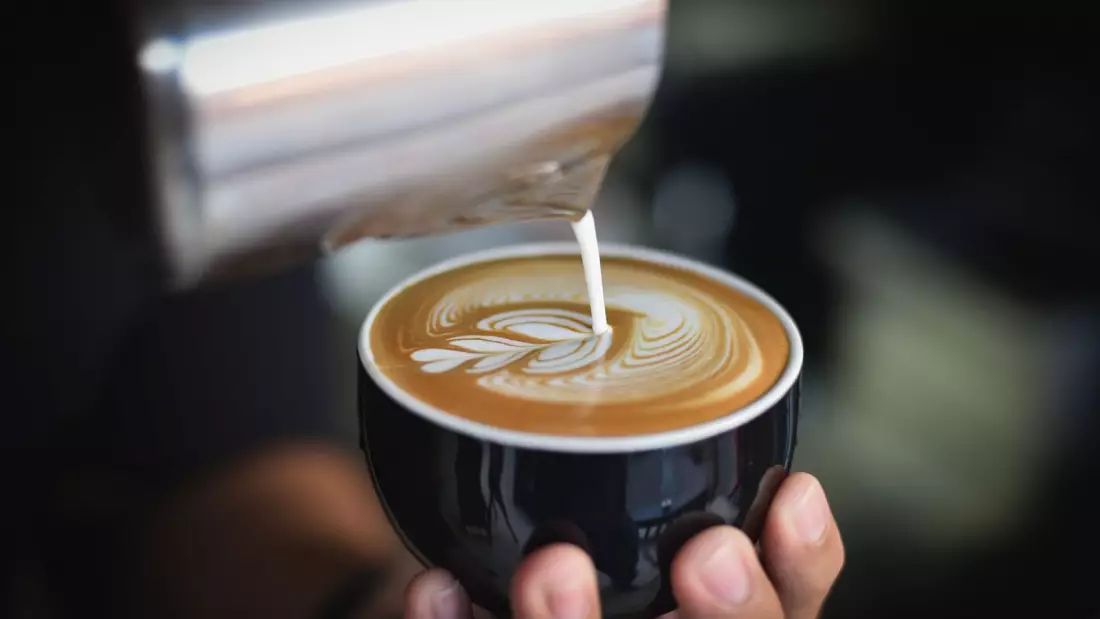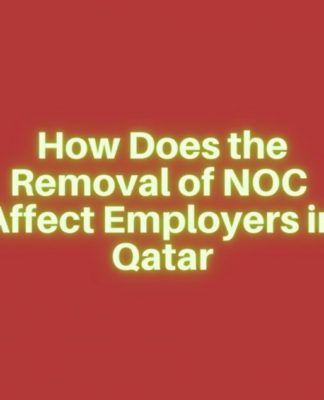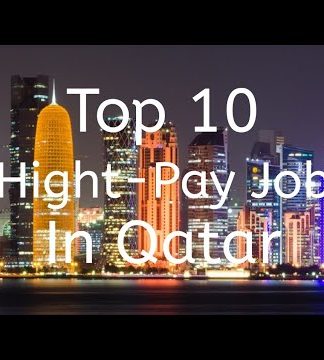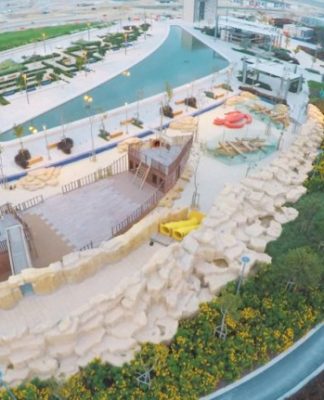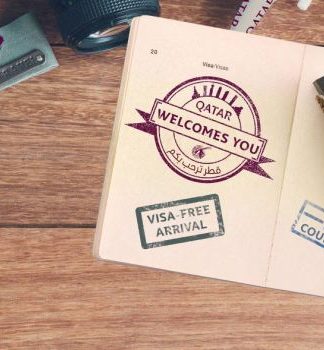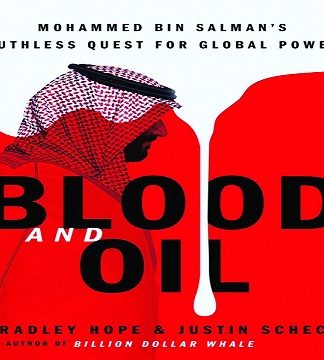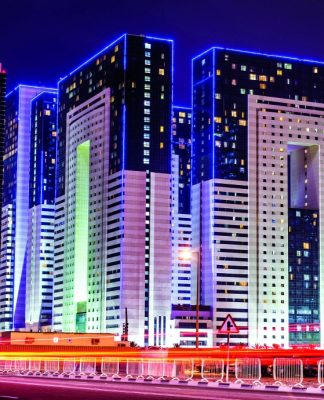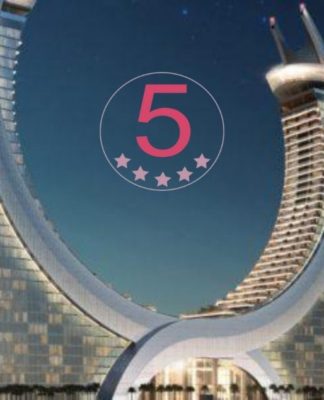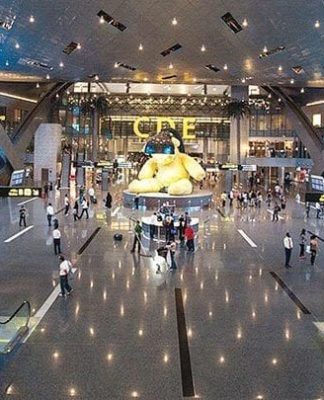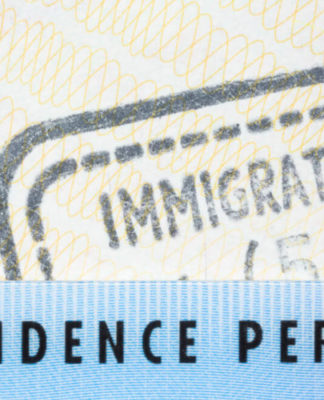MONEY
Soaring inflation in Europe: Where can you get the cheapest cup of coffee?
The price of coffee has increased by 16.9 per cent across Europe between August 2021 and August 2022.
The price of coffee has increased by 16.9 per cent across Europe between August 2021 and August 2022. – Copyright Canva
By Giulia Carbonaro • Updated: 20/10/2022
Surging inflation in Europe hasn’t spared one of the most-beloved simple pleasures in life: a cup of coffee.
Given its prolific consumption across the continent, it has become, perhaps more than most other items, one of the best gauges of how much inflation is impacting food costs and, by extension, personal finances in recent months.
The price of coffee across the continent has jumped by 16.9 per cent in August compared to the same month last year, according to Eurostat, making it something of a luxury for millions of Europeans who are used to starting their day with a caffeine hit.
Record inflation: Which countries in Europe are being worst hit as energy and food prices soar?
But the gloomy news doesn’t end here: the price of cappuccinos, macchiatos, flat whites, and lattes have been worse hit than a simple espresso or a black americano because of rising prices of other items, including milk.
Fresh whole milk now costs 24.3 per cent more than it did last year, while fresh low fat milk has surged by 22.2 per cent. But the biggest price increase was that of sugar, which is now 33.4 per cent more expensive than it was last year.
For millions of Europeans, these price changes are likely to make a big difference in their finances; Europeans are estimated to be the biggest consumers of coffee around the world.
But though nowhere in Europe has been spared by the increases in the price of coffee, the situation isn’t quite the same across the entire continent with costs varying from country to country.
Where is the most expensive coffee in Europe?
Coffee drinkers in Finland and Lithuania in particular will have noticed by now that their daily cup of coffee is weighing on their pockets much more than it used to just a year ago.
In the two countries, the price of coffee has jumped by 43.6 and 39.9 per cent respectively.
In the unfortunate top 5 countries which have suffered the highest coffee price increases are also Sweden, with a 36.7 per cent increase, Estonia, 36.4 per cent, and Hungary, 34.3 per cent.
Energy bills are soaring in Europe. This is what countries are doing to help you pay them
Estonia and Lithuania are also among the top 5 countries which saw the biggest price increases in sugar and fresh milk.
Estonia saw a price increase in sugar of 81.2 per cent and of 38.9 per cent in fresh whole milk, while Lithuania had its fresh whole milk prices jump by 50.2 per cent and its fresh low-fat milk prices increase by 46.8 per cent.
Polish coffee lovers might soon be switching to drinking their coffee black, as the price of sugar there has gone up by 109.2 per cent this year, while Hungary saw the highest price increase in fresh low fat milk, up by 51.7 per cent.
Flourish logoA Flourish chart
Where is the cheapest?
Luckily for Italians, the homeland of espresso has experienced the smallest increase in the price of coffee with prices jumping by 6.6 per cent, followed by Ireland with 6.9 per cent and Malta with 9.7 per cent.
Malta was also the only country not to report a change in the price of fresh milk.
In the top 5 for the cheapest coffee are also Portugal, which saw a 10.5 per cent increase in price, and France at 11.2 per cent.
Adding sugar to a cup of coffee is cheaper in Austria, Sweden, and Germany, where the price of sugar has jumped by only 1.9, 2.1 and 2.3 per cent respectively.
Adding milk to your coffee would cost you less in France, Cyprus, and Luxembourg for low-fat milk (up by 9.4, 10.9 and 11.5 per cent respectively) and in Italy, Cyprus and Luxembourg for whole milk (up by 10.1, 11.5 and 13.0 per cent).














